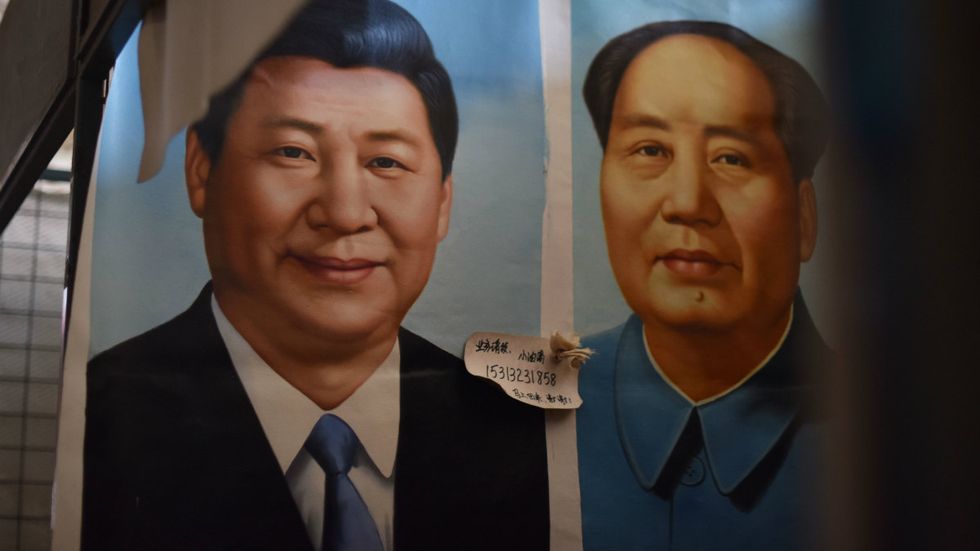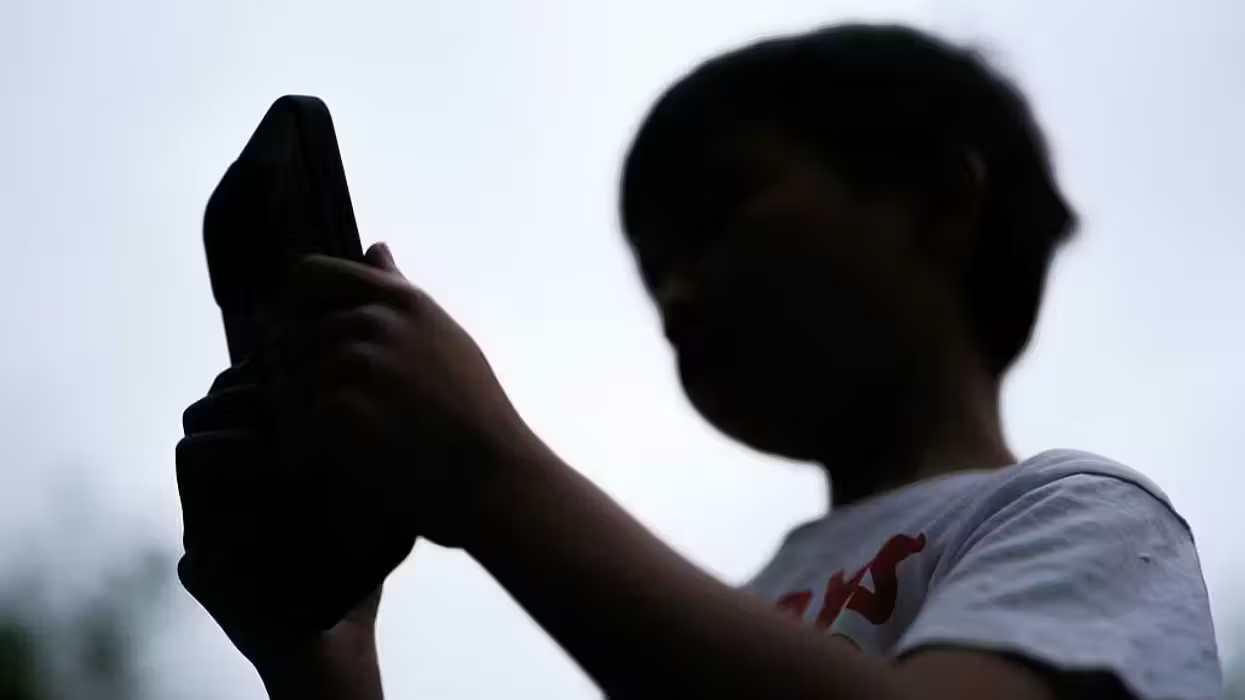
© 2025 Blaze Media LLC. All rights reserved.
30 years later, the Tiananmen Square massacre highlights the continuing evils of China’s one-party state
June 04, 2019
It never had to lead to violence. It was always intended to be a peaceful demonstration. A student-led protest movement took to the streets of Beijing in the spring of 1989. This widespread coalition did not intend to topple the Chinese government; protesters shared a simple commitment to political freedom and an understanding that China’s authoritarian system had to be reformed to protect their human rights.
These activists called for freedom of speech and the freedom of the press, which they saw as commonplace in the West. To showcase their commitment to these principles, protesters initially led hunger strikes and workforce sit-ins. Finally, on April 15, 1989, following the death of reformist politician Hu Yaobang (who was repeatedly purged from the party ranks by Chinese dictator Mao Zedong), they took to Tiananmen Square and refused to leave. At the height of the protests, some one million Chinese citizens joined fellow activists in Tiananmen Square.
China’s one-party system demands total unity, as it is essential to projecting strength and retaining the integrity of political authority over the mainland. Protests are understood by Beijing authorities as an intolerable projection of weakness that could jeopardize the centralized authoritarian ruling class. Though these protests began and continued as totally peaceful, their mere continuance was seen as intolerable.
On June 3, 1989, the Chinese government sicced its military on the unarmed, peaceful protesters in Tiananmen Square. At first, officials announced that they were enforcing martial law throughout Beijing. Then over a quarter-million soldiers were sent into the Square. The Communist Party propaganda machine spun into action, projecting the coming bloodbath as a justified response to “counter-revolutionaries” who could jeopardize the integrity of the state.
The protesters largely defied the imposed martial law, believing that they had once and for all forced Chinese authorities to listen to their demands. At around 10 o'clock in the evening, all hell broke loose. The People’s Liberation Army (PLA), with the support of tanks, helicopters, and other military apparatus, fired live ammunition at the protesters, racking up thousands of casualties almost instantly. According to western estimates, thousands of civilians were mowed down in mere hours.
While market-based economic reforms have allowed hundreds of millions of Chinese citizens to rise out of poverty over the last couple of decades and the quality of life for the average Chinese citizen has risen exponentially, political oppression remains central to the governing structure in China. Chinese citizens must still toe the party line, no matter what. And China’s continuing and severe repression of its ethnic and religious minorities shows that in many places in mainland China, the protection of human rights remains a catastrophic failure.
Thirty years later, we remember the June Fourth Massacre and honor the brave men and women who sacrificed their lives to advance human freedom.
#mc_embed_signup{background:#fff; clear:left; font:14px; }
/* Add your own MailChimp form style overrides in your site stylesheet or in this style block.
We recommend moving this block and the preceding CSS link to the HEAD of your HTML file. */
Want to leave a tip?
We answer to you. Help keep our content free of advertisers and big tech censorship by leaving a tip today.
Want to join the conversation?
Already a subscriber?
more stories
Sign up for the Blaze newsletter
By signing up, you agree to our Privacy Policy and Terms of Use, and agree to receive content that may sometimes include advertisements. You may opt out at any time.
Related Content
© 2025 Blaze Media LLC. All rights reserved.
Get the stories that matter most delivered directly to your inbox.
By signing up, you agree to our Privacy Policy and Terms of Use, and agree to receive content that may sometimes include advertisements. You may opt out at any time.






